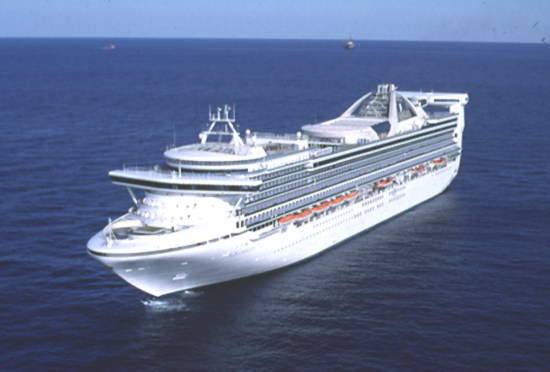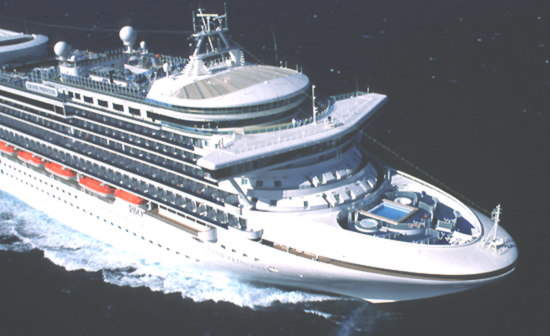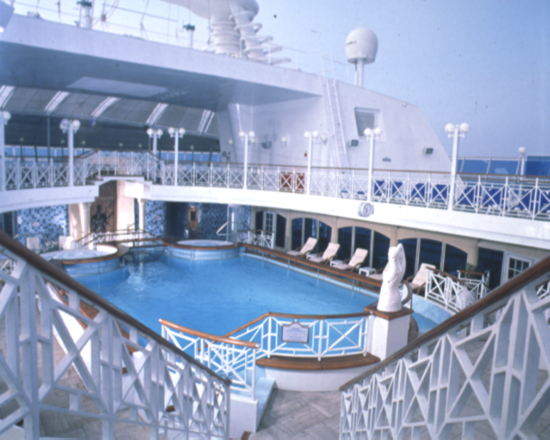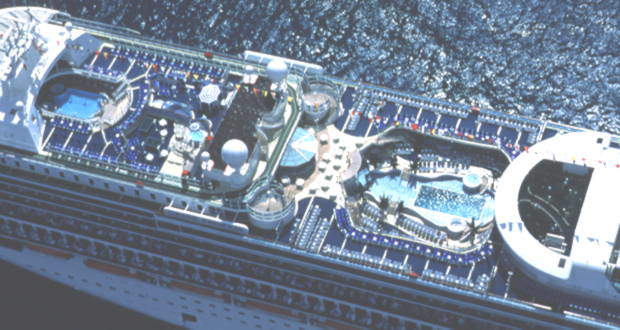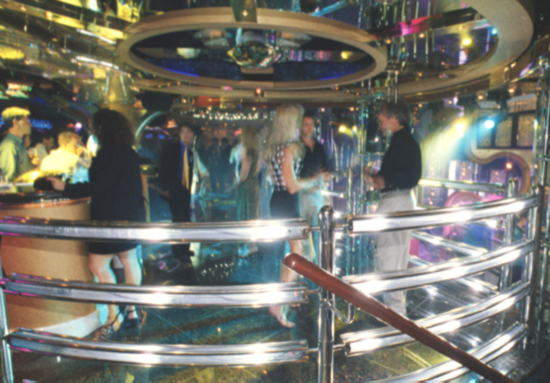Grand Princess is a cruise ship owned by Carnival Corporation and operated by Princess Cruises. Built in 1998 at a cost of approximately $450m, the ship was the largest and most expensive cruise ship afloat until delivery of Voyager of the Seas in November 1999.
The ship underwent a £2.6m renovation, the largest transformation in the line’s history. The outfitting was carried out by Mivan between 11 April 2011 and 4 May 2011.
New features added to the ship include the new Piazza atrium, a tea lounge, a library called ‘Leaves’, the Alfredo’s Pizzeria and the Crown Grill with an open kitchen system.
A new nightclub called One5 Lounge was created on deck 15 to replace the existing Skywalker Nightclub.
Seven new suites were added during the renovation and the casino, boutiques and art gallery were remodelled. The existing Horizon Court, Lotus Spa, and wedding chapel were also upgraded.
Design
Grand Princess was built at Fincantieri’s Monfalcone yard near Trieste in Italy for $450m and was constructed to meet the classification society standards of RINA and Lloyd’s Register. She was designed by Genoa-based Giacomo Mortola and Theresa Anderson of Princess Cruises, a P&O subsidiary.
The balconies are built out from the body of the ship rather than cutting into existing deck space. There are 1,300 staterooms, some 70% of which have outside cabins with a private verandah or balcony.
Standard balconies measure around 50ft² and are spacious enough to hold two sun loungers, a table and chairs while those in the master suites have 176ft² of exterior space.
Because the vessel mainly cruises in the Mediterranean and does not have to pass through the Panama Canal, she is much wider and roomier than others of a similar size. Crew accommodation is provided for 1,100.
Facilities
Princess Cruises has made a special effort to attract families onto this ship. The Fun Zone for children aged 2-12 includes a two-storey castle and dolls’ house with a whale-shaped pool.
There is an Off Limits club for 12-17 year olds with video wall, juke boxes and games rooms as well as other areas set aside for teenagers. A virtual reality centre offers under-sea simulator rides, complete with sound and motion effects. There are numerous events and competitions scheduled throughout the day and even when it’s time to go to bed, the Nickelodeon satellite channel is available in all cabins.
For anxious parents, there are fully qualified child sitting centres, including one which remains open until 1am and a special Adventures Ashore programme for young travellers wanting to explore without their parents.
The ship’s focal point is a three-deck Grand Plaza atrium featuring two panoramic lifts. There are three main dining rooms with other options such as a 24-hour buffet/bistro, a pizzeria, a wine and caviar bar, deck grill, trattoria, patisseries, a Tex-Mex bar and ice-cream parlour.
Numerous recreation spaces include three show lounges, nine bars, boutiques, libraries and shops. Sports facilities comprise a jogging track, nine hole putting green, nine Jacuzzis and four swimming pools, one covered by a retractable glass magradome for weather protection. There is also a wedding chapel allowing passengers to be married by the captain under the authority of the ship’s register.
Propulsion
Two fixed pitch propellers each driven by a Siemens diesel-electric propulsion motor of 21MW provide mains power while propulsion power and the ship’s service power comes from six Siemens generators, each of 11,520kW (15,662bhp) driven by Fincantieri GMT V-16 diesel engines.
Total power output is 93,972bhp. There are two emergency generators, each of 900kW.
Automation and control
On the bridge, the German-developed Nacos 65-3D system includes five inter-switched Atlas Multipilot workstations located on the main console and bridge wings.
Each of the display stations can be switched to operate as a radar / arpa or as a fully IMO-compatible electronic chart display and information system. This compatible to the Atlas Chartpilot with the added attribute of a real-time radar video overlay.

